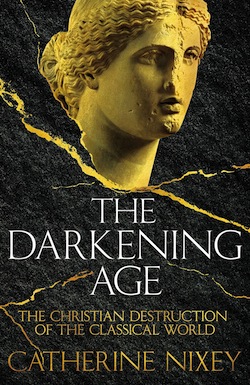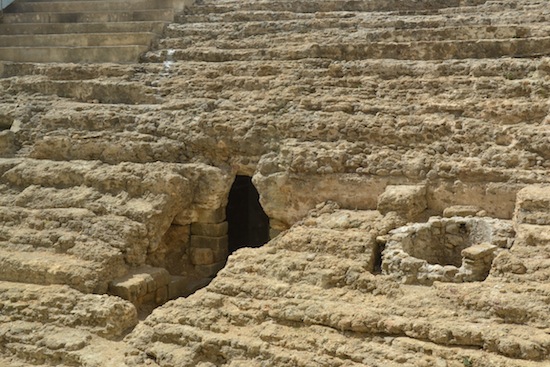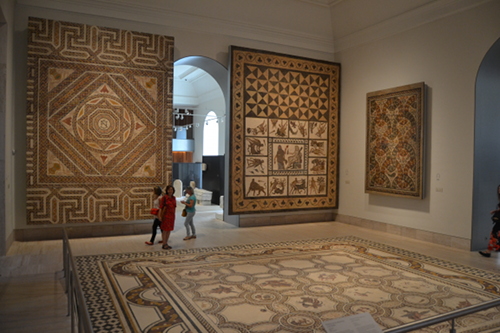The Death of the Classical World: Reading The Darkening Age by Catherine Nixey

The destroyers came out from the desert. Palmyra must have been expecting them: for years, marauding bands of bearded, black-robed zealots, armed with little more than stones, iron bars and an iron sense of righteousness had been terrorizing the east of the Roman Empire.
Thus starts the controversial new history of the pagan/Christian transition by Classics scholar Catherine Nixey. Making a deliberate parallel between the early Christians and ISIS is a bold move, intended to shock and turn our historical and cultural presumptions upside down.
It’s only the first of many. For 250 pages, Nixey makes a full-on assault against the dominant narrative that Christians were brutally oppressed by the Roman Empire, before peacefully taking over by winning the debate against an exhausted and decadent paganism.
In Palmyra c. AD 385, a horde of black-robed monks swarmed out of their desert caves and crude shelters to break into the city’s temple of Athena. There they came upon a graceful, larger-than-life statue of the goddess. They hacked the head from its shoulders, then battered at the head where it lay on the ground. When they left, their rage satiated, the head lay where they had left it for centuries until uncovered by modern archaeologists.
All across the Late Roman Empire, this scene was played out again and again with increasing frequency as Christians grew in number and confidence.

